42 salt on food labels
Labelling requirements for salt - Food labels - Canadian Food ... Salt and sea salt sold for table or general household use are required to contain 0.01% Potassium Iodide and the presence of iodide is required to be shown on the principal display panel [B.17.003, FDR ]. Salt and sea salt which has not been iodized is permitted as an ingredient of a food. Sodium and salt - Food Standards Salt and sodium-containing additives must be identified in the ingredients list on food labels. The total sodium content of packaged foods (including naturally occurring sodium, sodium from additives and added salt) must also be declared on the Nutrition Information Panel on the food label.
What Sodium Labels Mean: A Guide to Decoding Sodium Labels Reduced (or Less) Sodium: This label means that the sodium level in the product has been reduced by 25 percent per serving from the original or a competitor's product. And if that product started with over 500mg sodium per serving, then you're still talking about 375mg of sodium per serving.
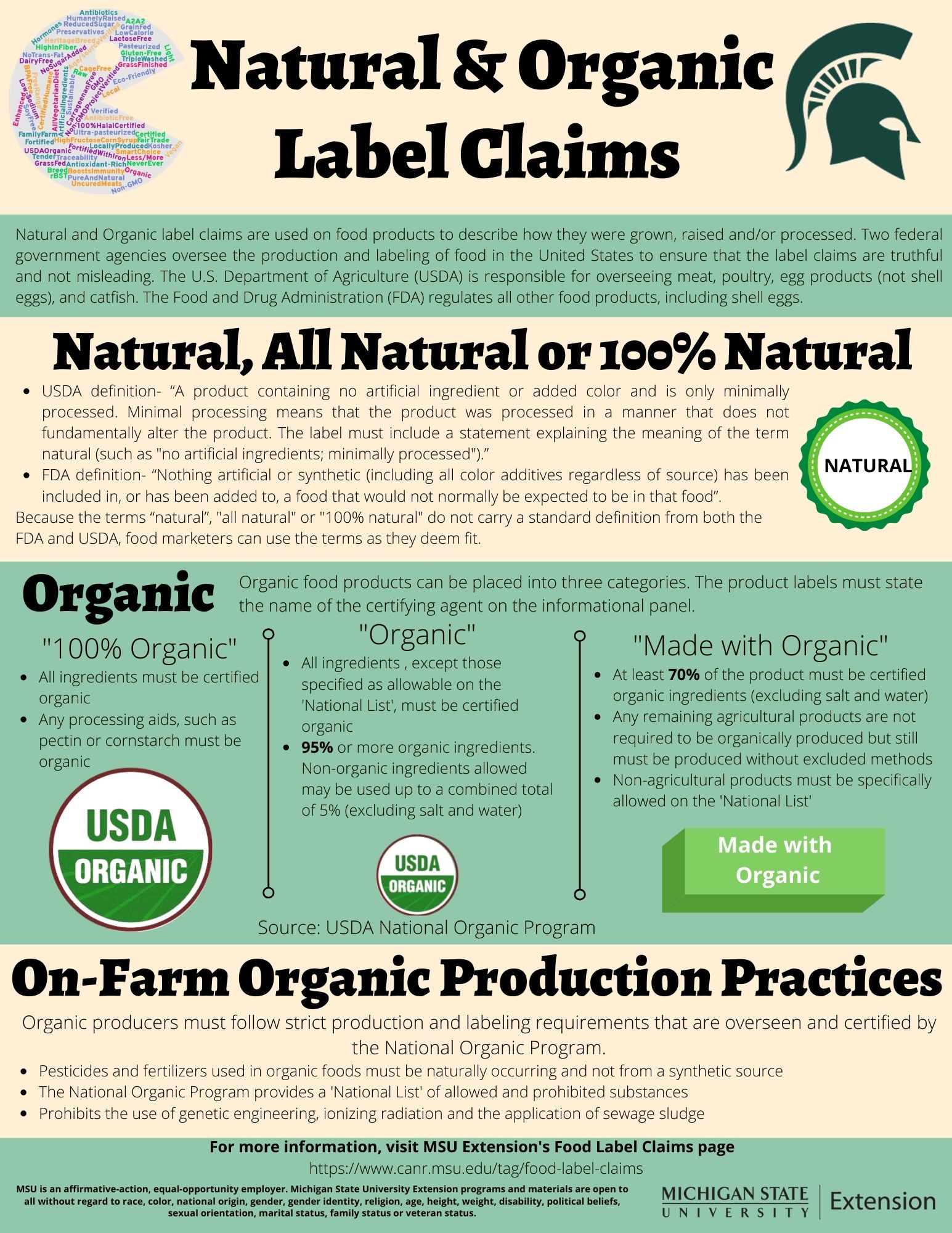
Salt on food labels
Should food labels say salt or sodium? According to today's Food Chemical News (which, unfortunately, requires a subscription to read), the FDA is arguing to make the international standard for food labels say sodium, not salt.. The U.S. delegation to the Codex Committee on Food Labeling will push for requiring the term "sodium" rather than "salt" on nutrition labels. Food labels - Better Health Channel Reduced fat or salt - should be at least a 25% reduction from the original product. Low fat - must contain less than 3% fat for solid foods (1.5% for liquid foods). Fat free - must be less than 0.15% fat. Percentage of fat - remember 80% fat free is the same as 20% fat, which is a large amount. Food Labeling & Nutrition | FDA Food labeling is required for most prepared foods, such as breads, cereals, canned and frozen foods, snacks, desserts, drinks, etc. Nutrition labeling for raw produce (fruits and vegetables) and...
Salt on food labels. Nutrition labelling - Food Safety Which nutrition information is mandatory on food labels? As from December 2016, Regulation (EU) No 1169/2011 requires the vast majority of pre-packed foods to bear a nutrition declaration. It must provide the energy value and the amounts of fat, saturates, carbohydrate, sugars, protein and salt of the food. › food-labelsFood Labels | Nutrition.gov Food and Drug Administration (FDA) regulates the safety of food for humans and animals, including foods produced from genetically engineered (GE) plants, sometimes referred to as "genetically modified organisms" (GMOs). Find out more about the safety of GE plants, and how they are regulated here. Reading labels - Action on Salt The new labelling system will combine colour-coding with nutritional information, making it much easier and quicker for us to check whether our food is low in calories, fat, saturated fat, sugar and salt. Colour-coded labelling makes it easy to see at a glance if a product is high (red), medium (amber) or low (green) in certain nutrients, including salt. The amount of these nutrients in grams per serving is also stated. "Salt / Sugar" Label Scheme for Prepackaged Food Products The Committee on Reduction of Salt and Sugar in Food (CRSS) , the Food and Health Bureau and the Centre for Food Safety of the Food and Environmental Hygiene Department jointly introduced a voluntary "Salt / Sugar" Label Scheme for Prepackaged Food Products (the Scheme) in 2017 to help consumers identify low-salt-low-sugar products more easily and make informed choices.
(PDF) Labelling the salt content in foods: A useful tool in reducing ... Labelling salt in food 337. 6.8 g if also all prepared foods would have a lower salt. content (T able 3). In women, the respective numbers are. 7.8, 6.7 and 4.9 g. If heavily salted products were ... Different Names for Sodium in Food | Healthy Eating | SF Gate Sodium might also be labeled as baking soda, baking powder, monosodium glutamate (MSG), disodium phosphate or salt. Recommended Intake Healthy adults should consume no more than 2,300 milligrams of... How to Convert Sodium to Salt for a Food Label - Positive ID Labels Salt is Sodium Chloride at a ratio of 1:1; The atomic mass of Salt is 22.99 (1) + 35.45; Salt has an atomic mass of 58.45; 58.45 divided by 22.99 = 2.542; 2.542 can be rounded to 2.5 . Here endeth the chemistry lesson and the headache! If you need help with nutrition labelling for food labels, call us on 01332 864895 or fill in the form below. › managing › eat-wellFood Labels | CDC - Centers for Disease Control and Prevention In general, eat more foods that are higher in vitamins, minerals (such as calcium and iron), and fiber. Eat fewer foods that are higher in added sugars, saturated fat, and sodium (salt), and avoid trans fat. Keep in mind that the % Daily Value of each nutrient, such as total fat of 10% in the example below, is based on eating 2,000 calories a day.
Labelling the salt content in foods: a useful tool in reducing sodium ... Food categories, which are important sources of salt, must be labelled by marking the percentage of salt (NaCl) by fresh weight of the product. National standards have been established for the categories of 'reduced salt' and 'heavily salted' in different foods. How do you read a food label for salt / sodium? - Irish Kidney Diet Many labels provide sodium content but not the salt content which can be confusing. If the salt content is not available on a label you can calculate it from the sodium content using the following: Sodium x 2.5 = salt content or Salt ÷ 2.5 = sodium content How to understand food labels | Eat For Health The Nutrition Information Panel on a food label offers the simplest and easiest way to choose foods with less saturated fat, salt (sodium), added sugars and kilojoules, and more fibre. It can also be used to decide how large one serve of a food group choice or discretionary food would be and whether it's worth the kilojoules. › food › nutritionIs Sodium the Same Thing as Salt? - Academy of Nutrition and ... Aug 08, 2019 · Look for the words salt-free, sodium-free, very low sodium and low sodium on the label. Double-check sodium content of foods with labels that read unsalted, no salt added, reduced sodium or lower sodium. These items may still be high in sodium. Have you noticed any changes to the Nutrition Facts labels?
Salt and Sodium - A guide for Food Labelling - Medic8 Most foods will show the amount of salt per 100 grams but not all show these amounts for both salt and sodium. Some foods will show sodium content only whereas others will show salt only. Too much sodium can be equally as bad as too much salt. Note: salt is NOT sodium but it does contain a high percentage of sodium. For example, ordinary table salt contains around 40% of sodium.
Food labels - NHS Some front-of-pack nutrition labels use red, amber and green colour coding. Colour-coded nutritional information tells you at a glance if the food has high, medium or low amounts of fat, saturated fat, sugars and salt: red means high amber means medium green means low In short, the more green on the label, the healthier the choice.
Watching Salt? Here's How to Decode Food Labels - Cooking Light "Low sodium," "very low sodium," and "salt- or sodium-free" on food labels translate to less than 140, 35, and 5mg per serving, respectively. These front-of-the-package claims can help you spot legit lighter-sodium products at the supermarket—look for low sodium chicken broth, low sodium canned beans, low sodium bread, and low sodium soy sauce.
› sites › defaulthow to understand food labels - Eat For Health Sodium (Salt) Choose lower sodium options among similar foods. Food with less than 400mg per 100g are good, and less than 120mg per 100g is best. Ingredients Listed from greatest to smallest by weight. Use this to check the first three ingredients for items high in saturated fat, sodium (salt) or added sugar. Other names for ingredients high in
Looking at labels - British Nutrition Foundation 'Salt' - the term 'salt' on food labels includes all the sodium in a food. While most sodium comes from salt (sodium chloride), some can be naturally occurring in food. It can also come from raising agents and additives. Front-of-pack labelling
Sodium on the Nutrition Facts Label | FDA - U.S. Food and Drug ... Most Americans eat too much sodium and diets higher in sodium are associated with an increased risk of developing high blood pressure. The Nutrition Facts label is a handy tool you can use every...
How to Read Salt Labels | Cooking Light This is the most stringent reduced-sodium label. Each food can have only 140mg or less sodium (natural or added) per serving. For Example: Nabisco Wheat Thins Hint of Salt (60mg) vs. Nabisco Original Wheat Thins (230mg) Sodium Savings: 170mg per 16 crackers
Check the label | Food Standards Agency salt This is an image of the traffic light label found on some foods. The traffic light label is colour coded and shows that green is low in a particular nutrient, amber means medium and red is...
› how-to-read-food-labelsHow to read food labels | healthdirect Sugar: Sugar is a type of carbohydrate. It is better to choose healthier carbohydrates and to limit foods that are high in added sugars. Fibre: High fibre foods such as wholegrain bread and cereals improve digestion and help you to feel full. Sodium: This tells you how much salt the product contains. Eating too much salt is linked to high blood pressure and can lead to heart disease, stroke ...
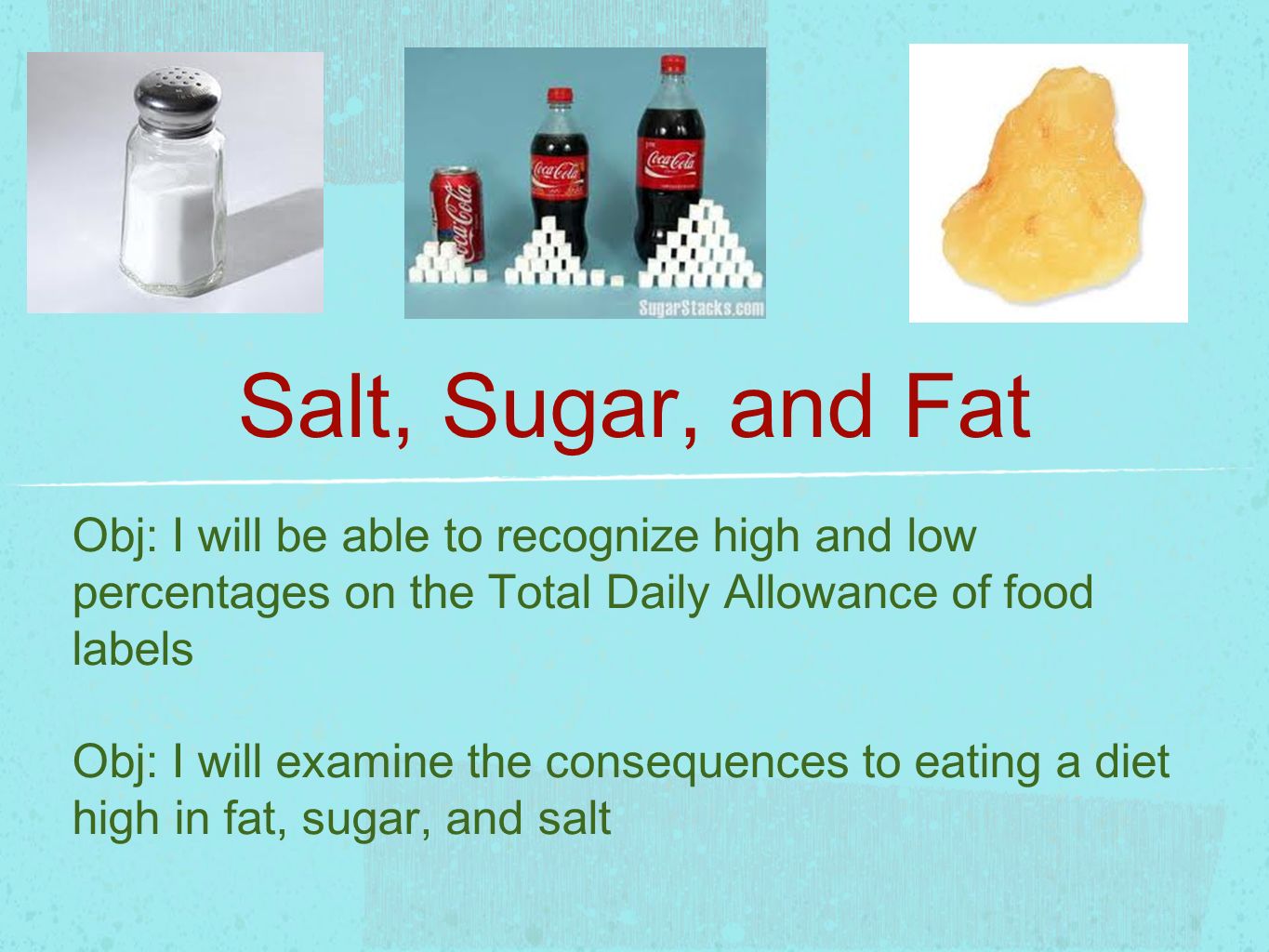
Salt, Sugar, and Fat Obj: I will be able to recognize high and low percentages on the Total Daily Allowance of food labels Obj: I will examine the consequences.
Label: Front of pack labels > Five key nutrients > Salt - Food label For this reason it is recommended that daily salt intakes should not exceed 6 grams. Consumers can use the salt labels to check and compare the salt contents of foods and choose lower salt versions. The Reference Intake for salt is 6 grams (2.4 grams sodium).
› Morton-Salt-Regular-26 › dpAmazon.com : Morton Salt Regular Salt - 26 oz : Flavored ... 1/4 tsp salt 1/2 tsp of xylitol crystals 1/4 tsp baking soda 4 drops of grapefruit seed extract Recipe #2: 1 cup of water (8 ounces) 1/4 - 1/2 tsp salt 1/2 tsp of xylitol crystals Recipe #3: (my most common one, gets rid of everything for me) 1 cup of water (8 ounces) 1/4 - 1/2 tsp of xylitol crystals 1.5 (3 tsp) TSP salt
Nutrition labelling | Food Standards Agency When providing nutrition information, you are required to declare: energy value. amounts of fat, saturates, carbohydrate, sugars, protein and salt. The content of the mandatory nutrition...
Reading Labels - World Action on Salt & Health Some food labels may only state the sodium content. To convert sodium to salt, you need to multiply the amount by 2.5. For example, 1g of sodium per 100g = 2.5 grams of salt per 100g You then need to know the weight of the serving portion in grams e.g. 30g Then divide the concentration of salt per 100g by 100 and multiply by the serving size.
› nutritionsource › food-labelUnderstanding Food Labels | The Nutrition Source | Harvard T ... Chile implemented the Law of Food Labeling and Advertising in 2016, comprised of mandatory front-of-package (FOP) warning labels, restrictions on child-directed marketing, and the banning of sales in schools of all foods and beverages containing added sugars, sodium, or saturated fats that exceeded set nutrient or calorie thresholds. [1]
Food Labeling & Nutrition | FDA Food labeling is required for most prepared foods, such as breads, cereals, canned and frozen foods, snacks, desserts, drinks, etc. Nutrition labeling for raw produce (fruits and vegetables) and...
Food labels - Better Health Channel Reduced fat or salt - should be at least a 25% reduction from the original product. Low fat - must contain less than 3% fat for solid foods (1.5% for liquid foods). Fat free - must be less than 0.15% fat. Percentage of fat - remember 80% fat free is the same as 20% fat, which is a large amount.
Should food labels say salt or sodium? According to today's Food Chemical News (which, unfortunately, requires a subscription to read), the FDA is arguing to make the international standard for food labels say sodium, not salt.. The U.S. delegation to the Codex Committee on Food Labeling will push for requiring the term "sodium" rather than "salt" on nutrition labels.




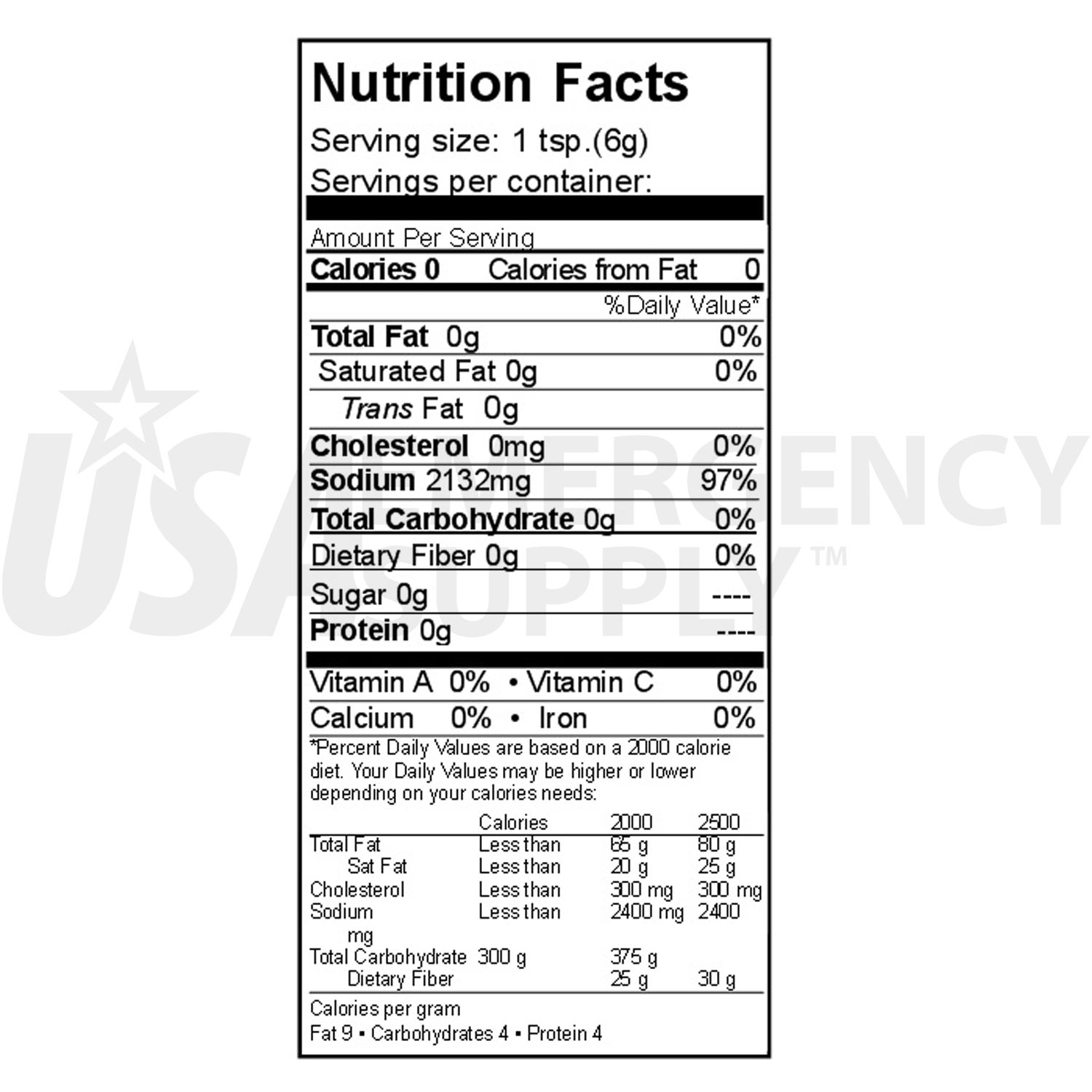

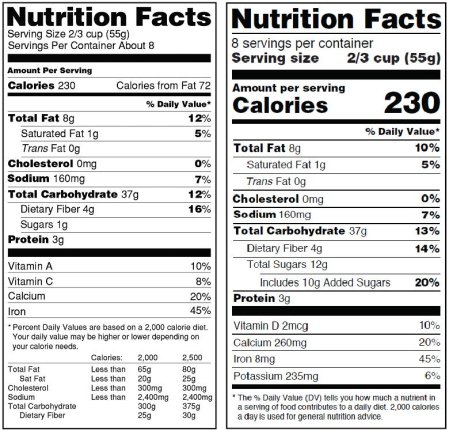
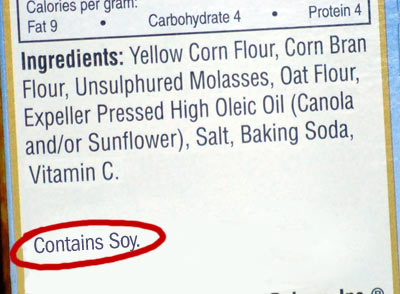

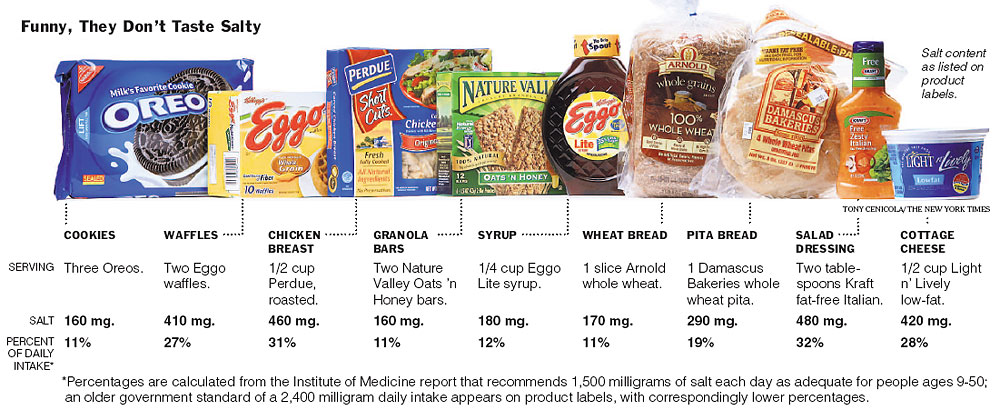
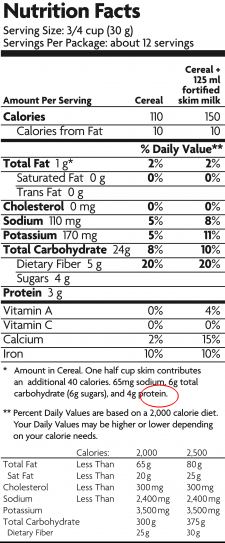
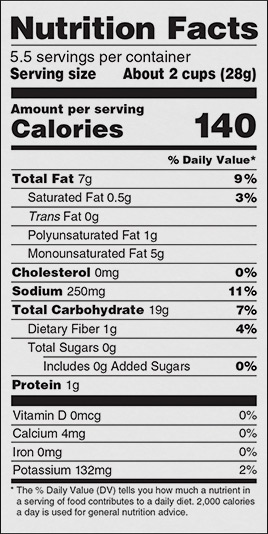

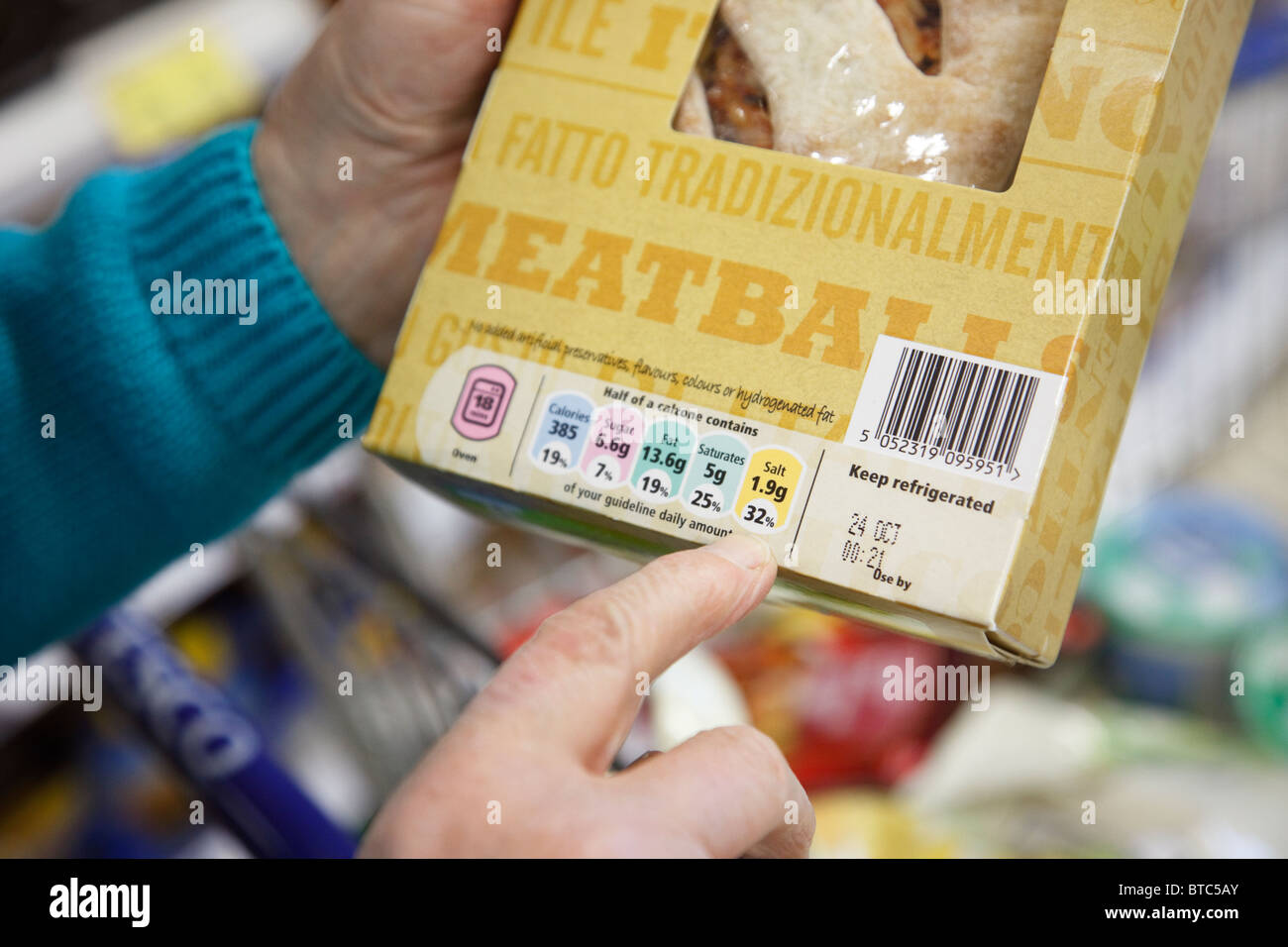
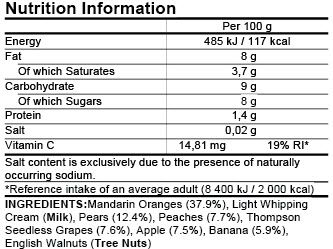
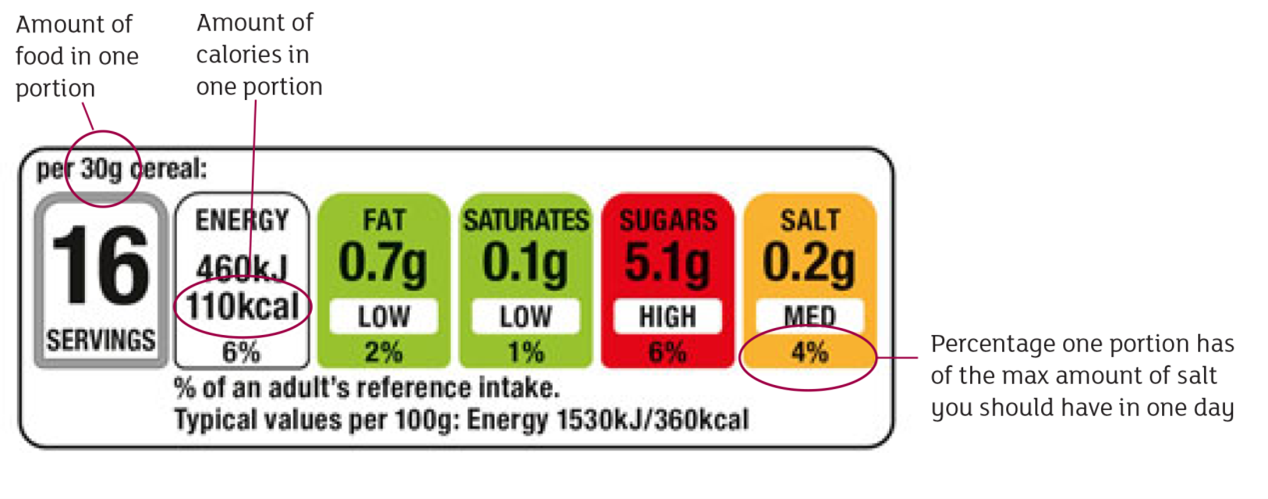

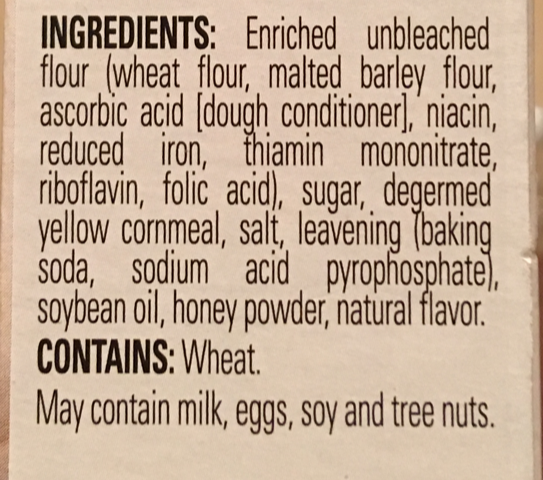
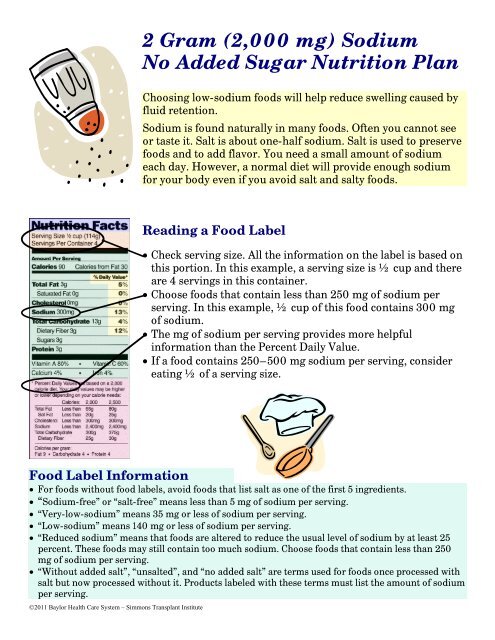

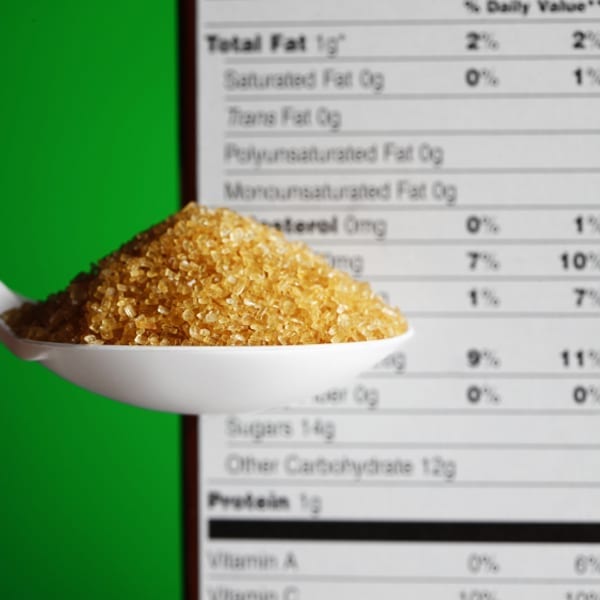
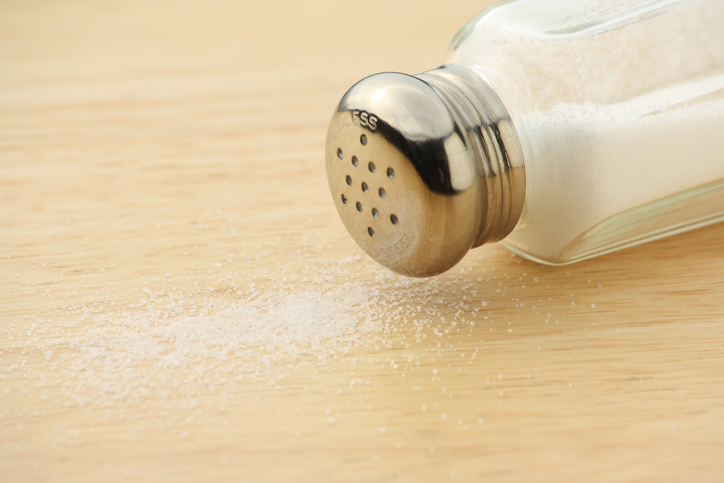

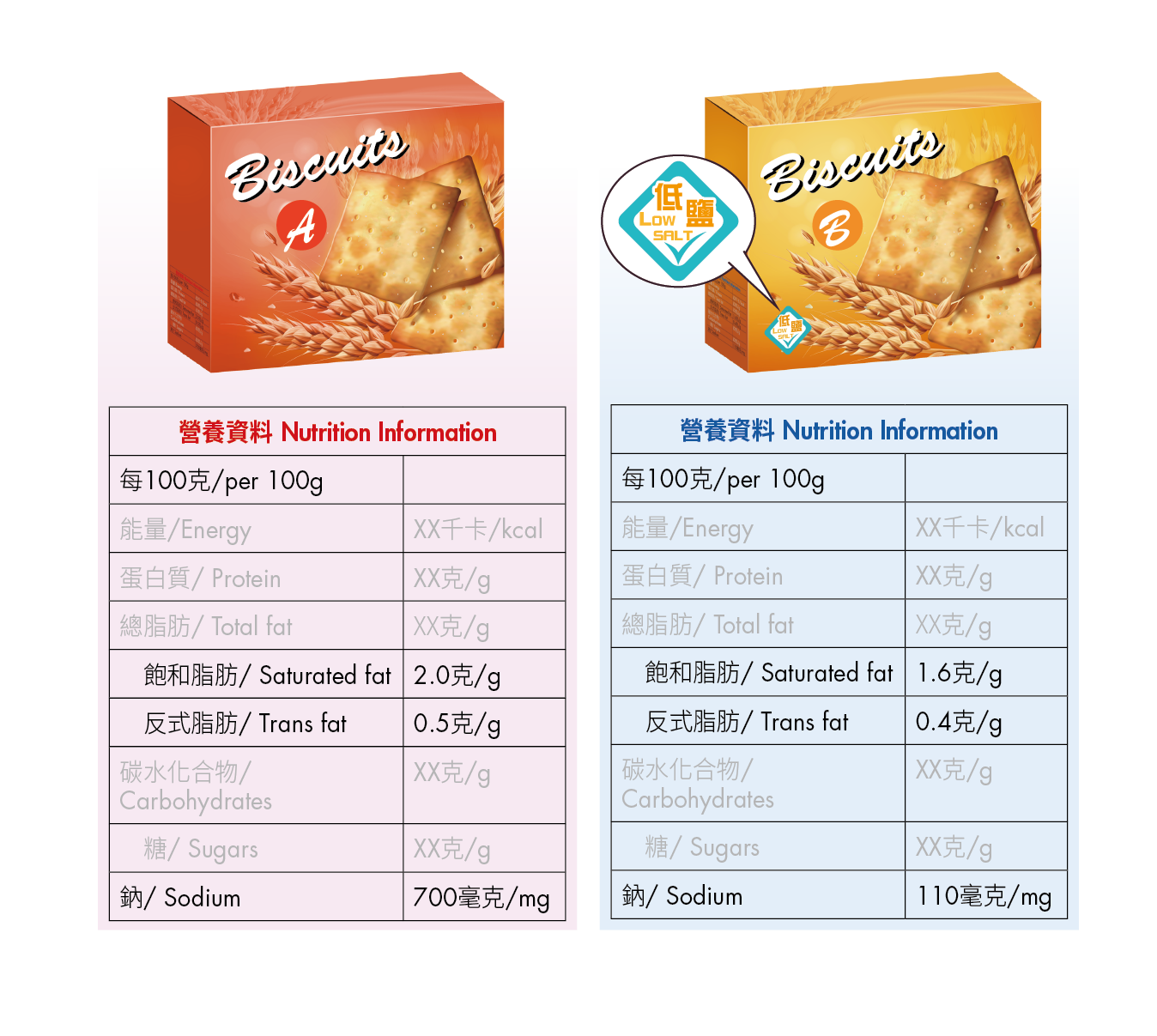

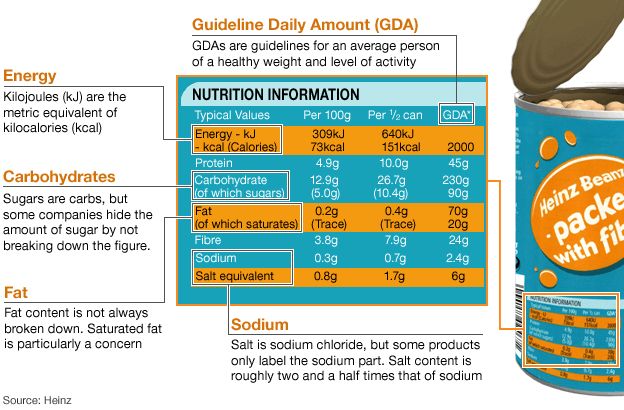
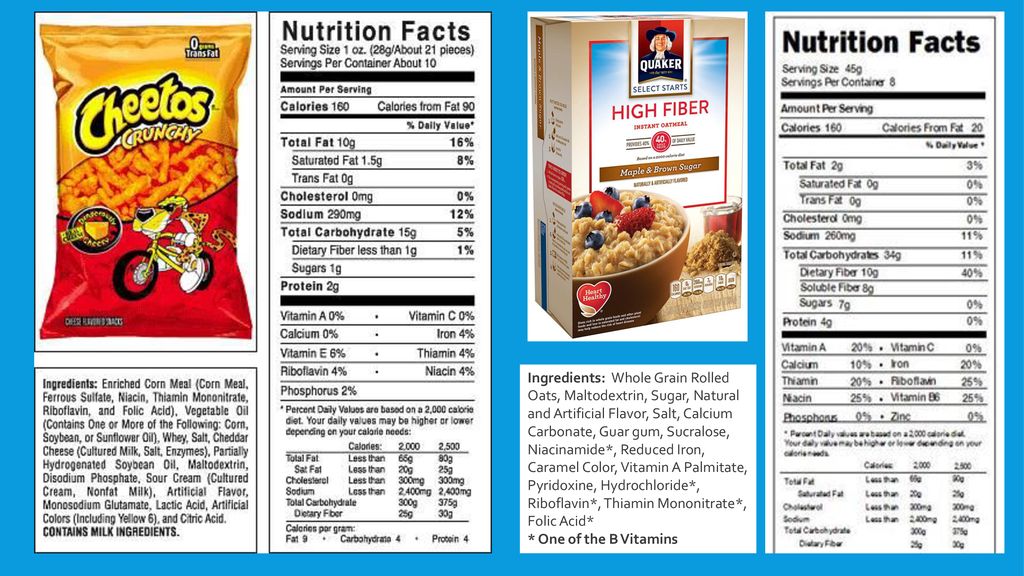


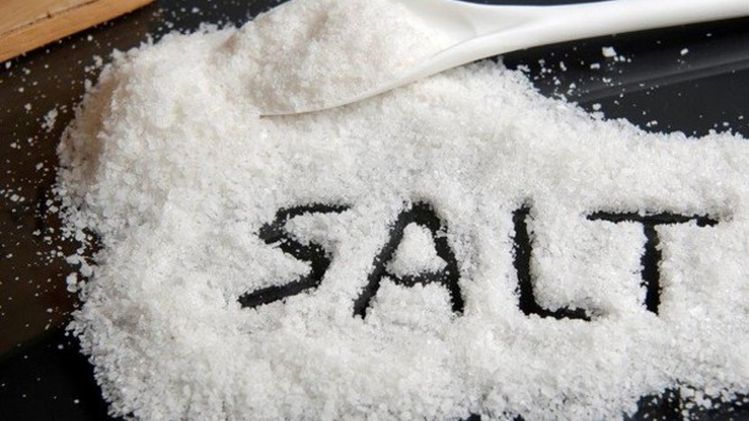
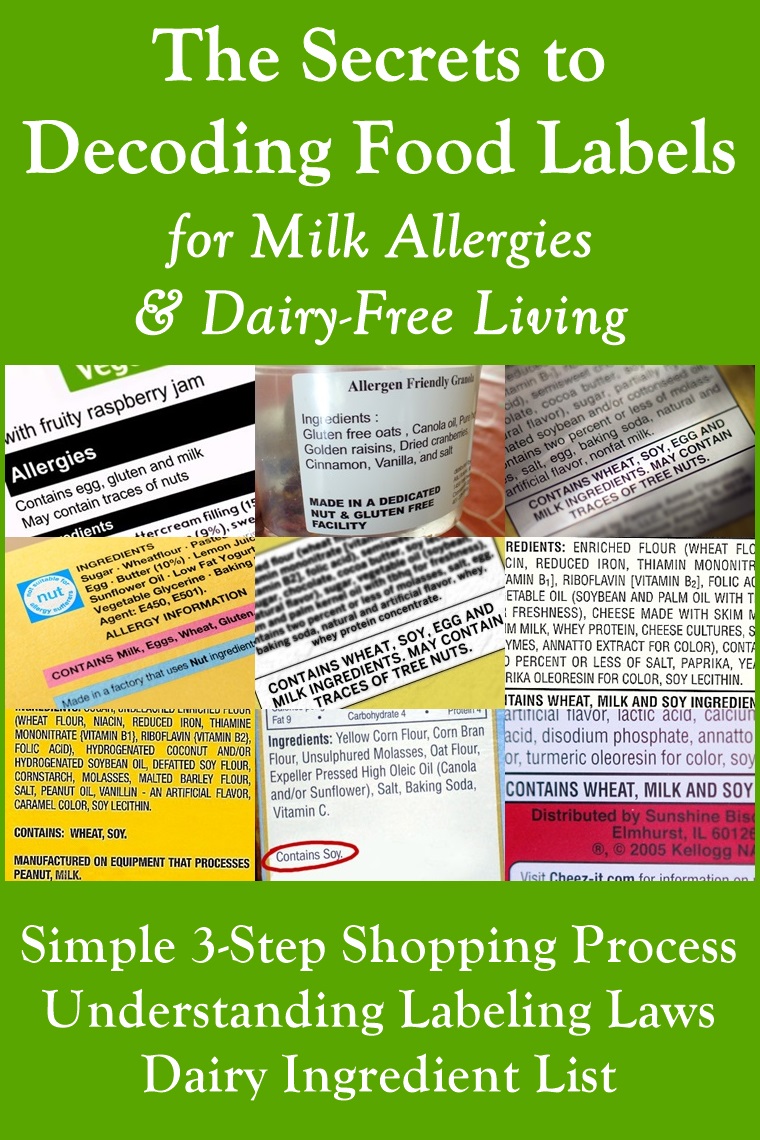


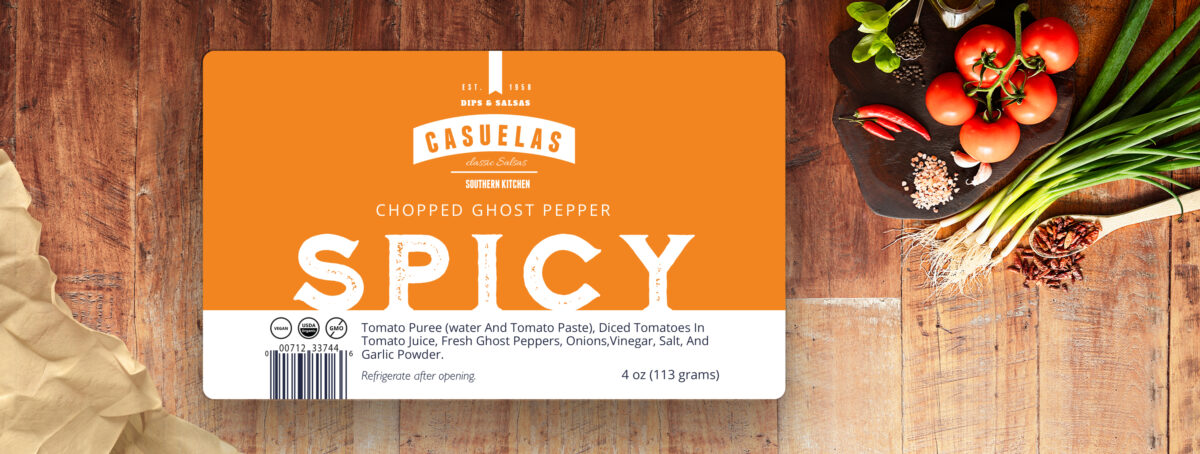
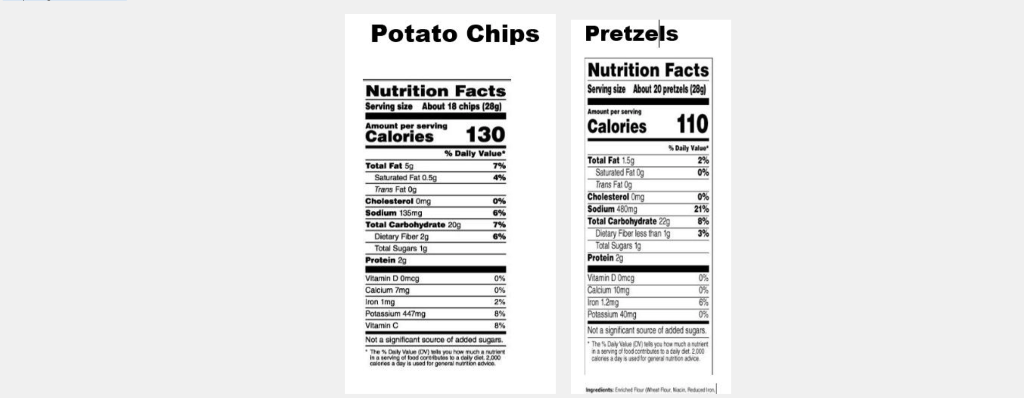
Post a Comment for "42 salt on food labels"